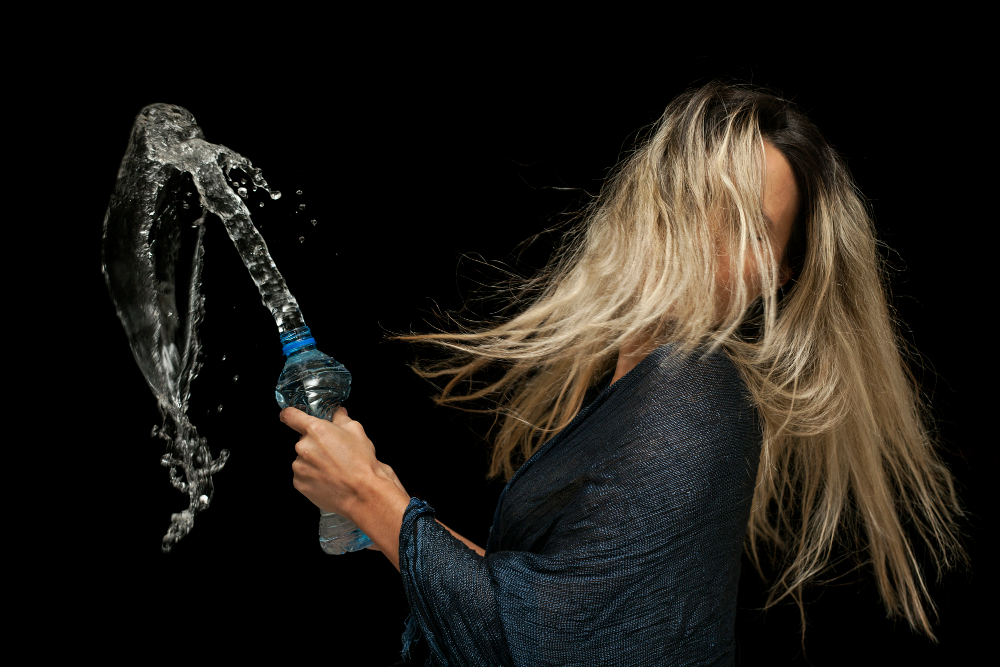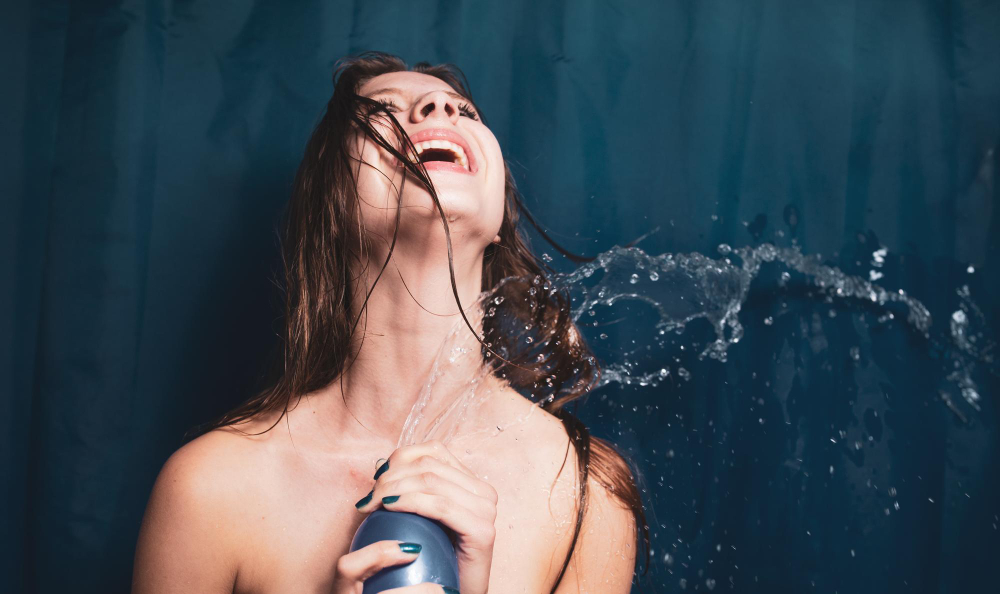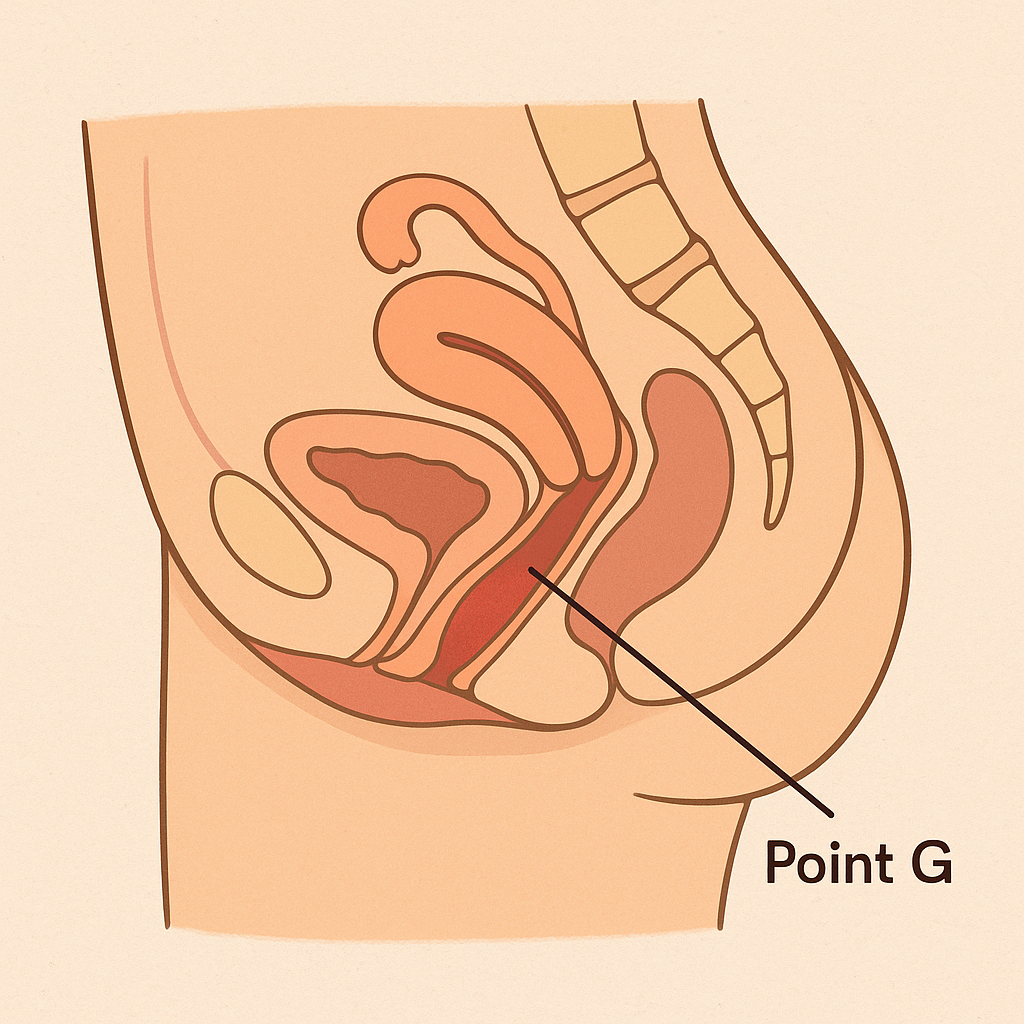
How can you learn to squirt? How does a woman ejaculate? Because yes, a woman can become a “squirter.”
Female ejaculation, also called “squirting,” remains a fascinating subject—often surrounded by mystery, myths, and taboos. Yet more and more women are seeking to understand this phenomenon and experience it through personal exploration, self-awareness, and pleasure.
In this comprehensive article, we’ll break down what female ejaculation really is, how it works, what it feels like, and how to encourage its occurrence. All of this will be approached without pressure or judgment, with kindness and deep respect for each body.
We’ll answer most questions—including: can you become a squirter?

What Is Female Ejaculation?
Female ejaculation refers to the expulsion of fluid from the urethra during an orgasm or intense stimulation, generally focused around the G-spot. However, it’s also possible to squirt through clitoral masturbation. The phenomenon may or may not be accompanied by orgasm, and it’s often described as an intense, liberating, and deeply emotional experience.
Female Ejaculation vs. Squirting: What’s the Difference?
There are two often-confused types of female fluid release:
- True female ejaculation: a small amount of whitish fluid secreted by the Skene’s glands, located near the urethra. It’s more discreet—and it’s not urine.
- Squirting: a larger expulsion of clear fluid, sometimes spectacular, also released through the urethra.
Both are completely natural and not mutually exclusive. Some women may experience one, the other, both, or neither—without that affecting their sexual fulfillment in any way.
Where Does the Fluid Come From? Is It Urine?
This is a frequent and legitimate question: is it urine or not?
Studies show that fluid released during squirting may contain traces of urea and creatinine (substances found in urine), but it is mostly made up of water. It’s believed to come from the paraurethral glands, also called Skene’s glands, often thought to be the female equivalent of the prostate.
So no—it’s not pure urine, even though it travels through the urethra and may mix slightly. Women’s bodies react differently, and this process is still not fully understood. What is certain is that it’s not an accident or a loss of control, but a natural physiological mechanism.
The Anatomy of Pleasure: Understanding the Body to Better Explore It
To encourage female ejaculation, it’s essential to know the body well—especially the G-spot, which is often misunderstood.
The G-Spot: A Key Zone
The G-spot isn’t a magical button—it’s a spongy area located on the anterior vaginal wall, about 3 to 5 cm inside. It is rich in nerve endings and, when stimulated, it can swell and produce deep pleasure, sometimes triggering ejaculation.

The Skene’s Glands
Located around the urethra, these glands secrete the fluid associated with female ejaculation. While little-known, they play a central role in the squirting process.
What Does It Feel Like to Squirt?
Sensations vary widely from one woman to another. Some describe it as a wave of intense warmth, a powerful peak of pleasure, or a deeply physical and emotional release.
Others say they feel like they need to urinate just before it happens—sometimes causing embarrassment or hesitation. In fact, that sensation often signals the body is ready to release fluid.
Many women describe it as a state of total surrender, even a mild trance, with orgasms deeper than clitoral ones. Some don’t experience a traditional orgasm but instead a strong emotional release, extreme relaxation, or even… tears.
In short, there is no “right” or “wrong” way to experience female ejaculation. It’s a unique and personal event for each woman.
Most women I’ve spoken with say they feel more complete, deeper orgasms after learning to squirt. Many also say they became multi-orgasmic through the experience.
(Oh—and if you’re a man and want to learn how to help your partner squirt, click here >>)
Can All Women Ejaculate?
The answer is: maybe. All women share similar anatomy, but that doesn’t guarantee a squirting experience. Many factors influence this ability:
- Mental state (relaxation, trust, emotional letting go)
- Psychological blocks (fear of peeing, shame, tension)
- Type of stimulation
- Past sexual experiences
- Whether or not she has Skene’s glands (most women—about 99%—do)
Some women may never experience it, and that’s totally okay—even if it feels disappointing. It’s not a goal, but a possibility to explore.
The real frustration happens when a woman wants to experience it but can’t—either due to inadequate stimulation from a partner, or because she struggles to fully let go.
Many women say becoming a “fountain” revolutionized their sex life. But there’s absolutely no obligation.
How to Encourage Female Ejaculation: Practical Tips
Here are several steps and tips to create the right conditions:
1. Create a Safe, Relaxing Environment
- Quiet, stress-free surroundings
- Alone or with a trusted partner
- Soft music, dim lights, absorbent sheets if needed
2. Hydrate and Prepare Mentally
- Drink water before exploration (the fluid is mostly water)
- Accept the idea that the feeling of “needing to pee” is normal
- Go to the bathroom beforehand to reassure yourself and avoid confusion
3. Use Lubricant
Even if natural lubrication is enough, a water-based lubricant can make stimulation smoother and more comfortable.
4. Gently Stimulate the G-Spot
- Insert one or two fingers, curled upward (toward the pubic bone)
- Use a “come here” or circular motion
- Gradually increase pressure—never be rough
- Combine with clitoral stimulation if desired
Some women also use tools like G-spot vibrators or curved stimulators to target the area better.
5. Breathe Deeply and Let Go
Breathing is a powerful ally. Deep inhalations and slow exhalations help relax the pelvic floor and heighten sensations.
Some women will find it easier than others to reach squirting. They may have a breakthrough one day—and then find it easier in the future, especially with a partner. That’s why it can help to practice solo first through mindful masturbation.
Exploring It as a Couple
- Communicate openly: share your desires and fears
- Be patient and respectful—it can take time
- Try positions that facilitate access: lying on the back with knees bent, or doggy style with stimulation from behind
- Use fingers or toys while carefully watching your partner’s reactions
The partner’s role is to create emotional safety, enabling surrender. A good partner will not only stimulate well, but make sure you feel at ease, unjudged, and confident. Support and encouragement are key.
Common Mental Blocks
- Fear of losing control
- Shame about possibly urinating
- Limiting beliefs (“It’s not clean,” “It’s not feminine”)
It’s essential to break these taboos. Female ejaculation is not dirty, not fake, and not shameful. It’s a real, natural, and variable phenomenon.
The Benefits of Squirting
- Discovering new zones of pleasure
- Deepened body awareness
- Intense emotional and sensory release
- Stronger connection with a partner
- Endorphin boost and muscular relaxation
Some women even report reduced menstrual tension or pain thanks to this type of pelvic stimulation.
Also, your boyfriend may feel proud to be the one who helped you squirt—especially if he’s the first. Many men enjoy feeling sexually special.
It’s Not a Performance, It’s an Option
It’s crucial to remember: squirting is not something to achieve at all costs. It doesn’t make a woman “better in bed” or make sex more “successful.” Female pleasure includes clitoral, vaginal, emotional, mental stimulation—and more.
To become a better lover, you can also explore things like expressing yourself more freely, giving better oral sex, moving better during intimacy…
Actually, it’s a bit like men: they can ejaculate, have dry orgasms, ejaculate without real pleasure, etc. It’s the same for women. You can enjoy sex with or without squirting. We’re not so different after all!
Body exploration should always be a personal choice, guided by curiosity, kindness, and a desire for deeper self-knowledge.
Final Thoughts
Female ejaculation—whether subtle or abundant—is a natural, complex, and beautiful phenomenon. It’s neither mandatory nor reserved for a select few. With gentleness, listening, and a bit of curiosity, it is possible to experience it… or not.
The essential thing remains the same: feeling free in your body, your pleasure, and your sexuality.
And yes, I encourage you to explore it—for your own sexual growth, so you won’t one day look back with regret.
Your dating coach,
Fabrice Julien
